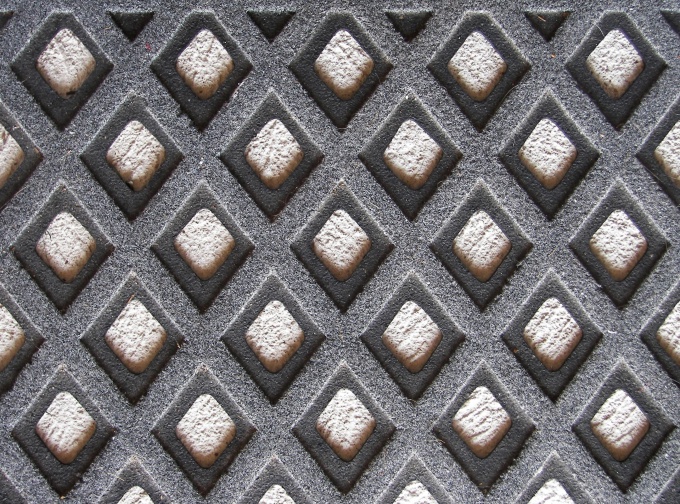Instruction
1
To determine the area need to be familiar with even a small list of properties belonging to the diamond:
opposite angles are always equal;
- diagonals are perpendicular to each other;
- also diagonal at the point of intersection are divided in half;
- the diagonals divide the angles in half, so are the bisectors;
- the angles adjacent to one side of the sum to 180°;
Detail has been written about the diagonals of a rhombus that is not in vain, because they are used in the formula to find the area.
First formula: S=d1*d2/2 where d1,d2 are the diagonals of the rhombus.
opposite angles are always equal;
- diagonals are perpendicular to each other;
- also diagonal at the point of intersection are divided in half;
- the diagonals divide the angles in half, so are the bisectors;
- the angles adjacent to one side of the sum to 180°;
Detail has been written about the diagonals of a rhombus that is not in vain, because they are used in the formula to find the area.
First formula: S=d1*d2/2 where d1,d2 are the diagonals of the rhombus.
2
The second formula uses the angle of a rhombus, adjacent to one of the parties, which is also used in the calculation.
S=a*2sin(α), where a is the side of the rhombus; α is the angle between the sides of a rhombus. To find from this angle, the sine will not be difficulty if you have a calculator you can find a value in a special table of sines.
S=a*2sin(α), where a is the side of the rhombus; α is the angle between the sides of a rhombus. To find from this angle, the sine will not be difficulty if you have a calculator you can find a value in a special table of sines.
3
The formula for calculating area of a rhombus that contains the sine of the angle, not the only one. There is the following method:
S=4r^2/sin(α). All values are known and understood, in addition to appeared r is the maximum radius of the circle that can fit in the figure.
S=4r^2/sin(α). All values are known and understood, in addition to appeared r is the maximum radius of the circle that can fit in the figure.
4
And the last formula:
S=a*H, where a, as clarified in advance is the side; H - the height of the rhombus.
S=a*H, where a, as clarified in advance is the side; H - the height of the rhombus.




